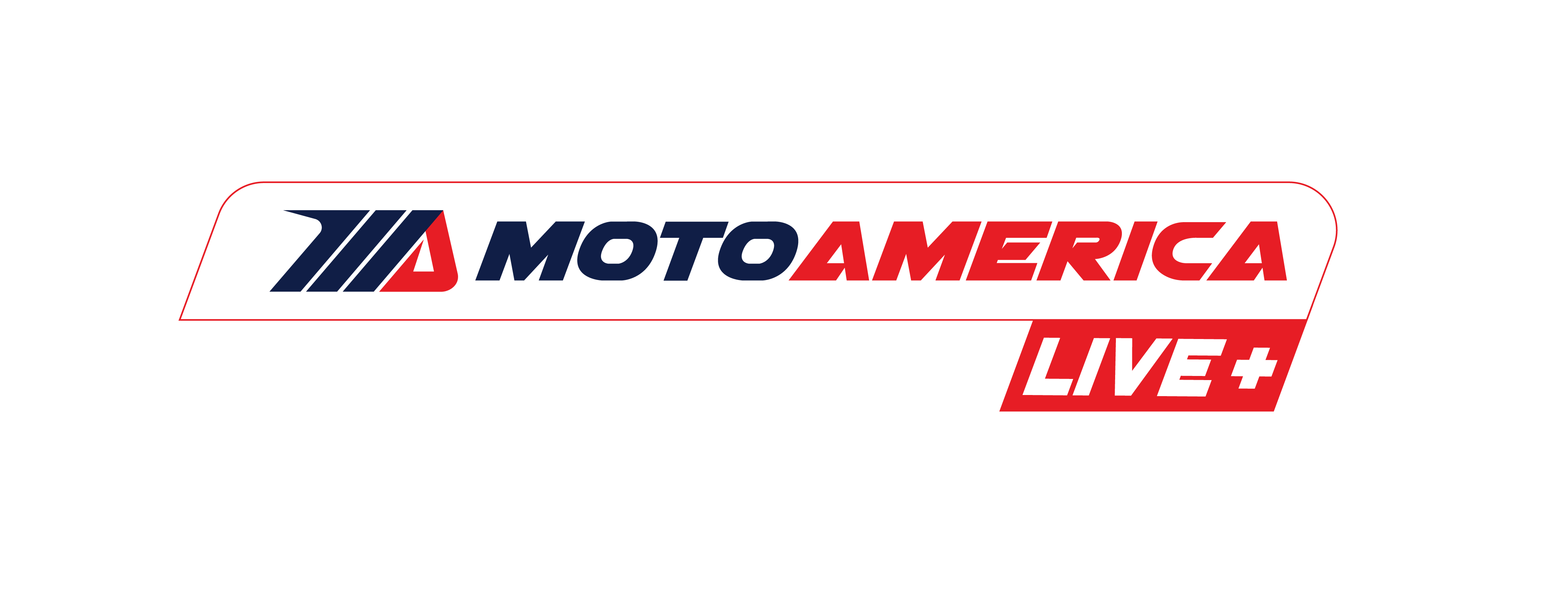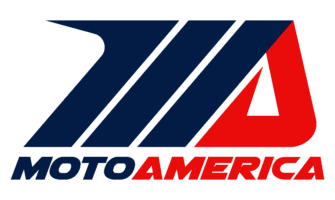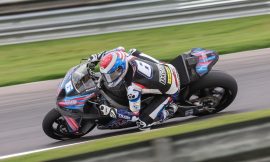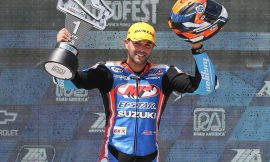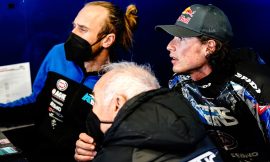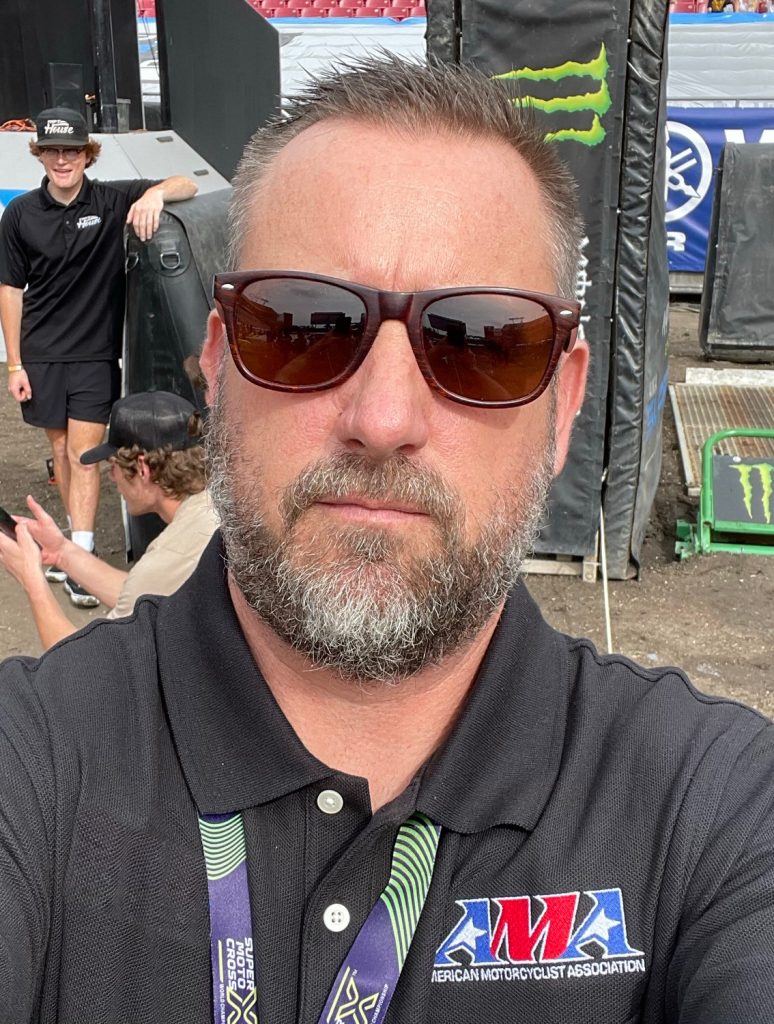
When most people think of the job of Technical Director for a racing organization, they think of a guy rubbing his hands together and licking his chops in anticipation of being able to disqualify someone from a race for a technical infraction. That’s not how things work with MotoAmerica Technical Director Tige Daane, and he makes certain of that. Daane wants to help build the series up by playing a role in the further development of rules for existing classes and helping to formulate new rules and regulations for emerging and evolving race classes like “Supersport Next Generation.” In fact, he would be the happiest man in the paddock if everyone followed the rulebook, and he never had to DQ anyone.
What was your introduction to the motorcycle world?
To be honest, my entry into the motorcycle world didn’t happen until my early 20s. Growing up, motorcycles weren’t allowed, and no one in my family rode them, but it was always something I wanted to do. Once I began working and could afford to buy my own motorcycle, I started by riding dirt bikes in Southern California, exploring places like Beaumont and Glamis. Eventually, I decided to take the leap into street riding and purchased a 1994 ZX7R. I instantly fell in love with the experience.
James (Morse) and I started working on our bikes in the garage and helping friends with theirs. A couple of years down the line, we took the plunge and opened a workshop, known as CM Motorsports. With the rising popularity of track days and club racing in Southern California, our aim was to offer comprehensive motorcycle services under one roof, without the need for outsourcing to build our bikes. We spent many years at WSMC and other major regional organizations supporting riders with all types of various help and learning about many various areas of the bikes.
Over time this led us into specializing more in high-performance aspects of racing, including dyno work and suspension tuning, ECU tuning, etc. We continuously upgraded our shop and equipment, adding to the facilities like a chassis dyno, suspension dynamometer, a small machine shop, and dedicated build areas. Additionally, we owned and operated other companies in the racing industry, including a tire distribution company, a suspension company, an electronics firm, which still operates in our paddock today.
What led to you working in the MotoAmerica paddock?
The simple answer is that I’ve been part of the professional road race paddock for some time, although not as long as some veterans. My journey began around 2005 at Laguna Seca when I initially worked for a Stock 1000 rider. This experience eventually led to owning our own team for approximately three years, followed by several years as a crew chief in the paddock working with many various riders.
When my friend James (Morse) transitioned to the role of technical director for MotoAmerica, it sparked conversations about filling his previous position. Before I knew it, I found myself stepping into the role. Sometimes I still ask myself why, with a chuckle.
What part of the job do you enjoy the most?
The aspect of the job that I find most fulfilling is the opportunity to contribute to the development and evolution of road racing. While not everyone may share the same perspective or agree with the changes implemented, it’s a gratifying process to help shape the future of the sport.
Over the past few years, I’ve been involved in implementing significant changes to class structures, such as the Daytona 200, which was particularly enjoyable. Additionally, tackling the challenge of King Of The Baggers and understanding what it takes to safely race this style of bike around a racetrack has been immensely rewarding.
Another project that stands out is the Supersport Next Generation class. Despite initial skepticism, I spent months collaborating with Scott Smart to bring this vision to life. Despite doubts, we were confident that with time and effort, we could make it successful. This aspect of the job brings me the most satisfaction, knowing that I’m playing a role in shaping the future of road racing.
What part of the job is the most difficult?
Undoubtedly, the most challenging aspect of the job revolves around the politics inherent in racing, particularly at higher levels. Navigating through these dynamics can be incredibly stressful and is probably the part of the job I find least enjoyable.
What do you like to do when you’re not at the racetrack? To be honest, spending time with my kids and family is a top priority for me, especially considering the extensive traveling we do in the racing world. Additionally, I find genuine enjoyment in working on my yard or home. Given the stress that comes with this job, I often need to disconnect from the motorcycle industry, focusing on yard work or things of that nature provides a much-needed escape for me.


